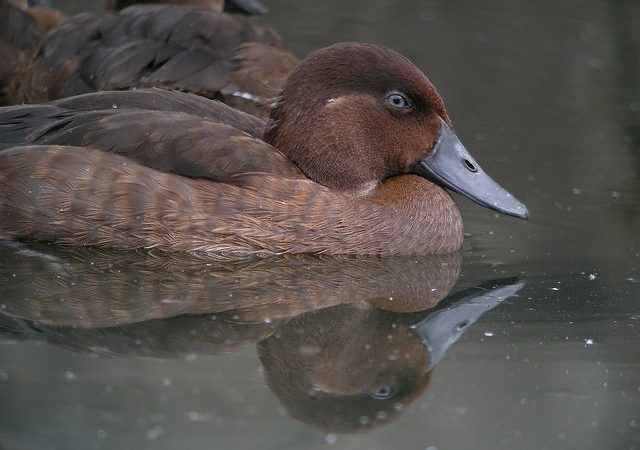Item Link: Access the Resource
Date of Publication: May 10, 2016
Year of Publication: 2016
Publisher: Mongabay.com
Author(s): Jeremy Hance
“Despite the widespread embrace of a philosophy dubbed ‘new conservation’ that focuses on human needs and economics, numerous conservationists still remain focused on traditional methods to protect important places and creatures. Can they survive in an age that is asking them to be all things to all people and creatures? Part 3 of Conservation, Divided: Mongabay’s four-part series investigating how the field of conservation has changed over the last 30 years.”
There used to be one way to do good conservation: save a species and protect some land or water. But the world has changed. As the human population has exploded to 7 billion and rising, the atmosphere has heated up, the oceans have acidified, and the economy has globalized, conservation has, not surprisingly, shifted.
You need to help local people too, new voices say. You need to mitigate climate change too. You need to boost regional economies too.
Can traditional conservationists survive in an age that is asking them to be all things to all people and creatures?
Despite the rise of new conservation, there are probably still more groups by number focused on traditional conservation than new. But most of these groups are quite small and poorly known; many are local NGOs that focus on either a single species or a single place. At the same time, traditional conservationists often say they feel increasingly pinched when it comes to raising money for their work.
Read the full article here. Conservation, Divided is an in-depth four-part series investigating how the field of conservation has changed over the last 30 years — and the challenges it faces moving into an uncertain future. Hance completed the series over the course of eight months. Stories will run weekly through May 17. You can find part Part I: Has big conservation gone astray and Part II: How big donors and corporations shape conservation goals in the MAHB Library.
The views and opinions expressed through the MAHB Website are those of the contributing authors and do not necessarily reflect an official position of the MAHB. The MAHB aims to share a range of perspectives and welcomes the discussions that they prompt.
